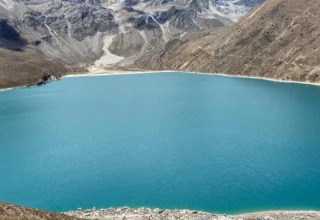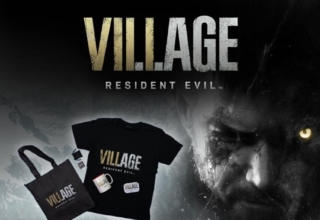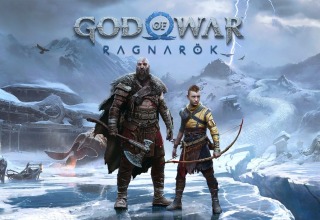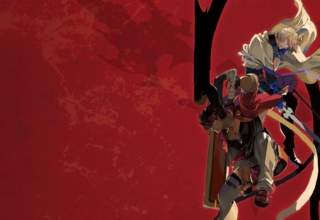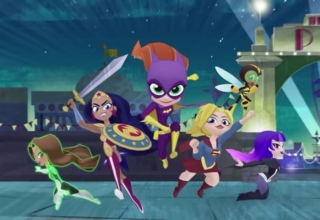The joy of looking at mountains, observing the endless mountains, is absolutely amazing. But have you ever thought about sitting by lakes with your loved ones?
Gokyo lakes lie above at an elevation range of approximately 4,700 to 5,000 meters (15,400 to 16,400 ft) in the Solukhumbu district of Sagarmatha National Park in Nepal.
It is the same route of the Everest Base Camp Trek until Namche Bazaar, and separates its way heading towards Dole.
This route leads you through peaceful trails, charming stone villages, and blue lakes where children and adults alike can marvel at nature’s quite grandeur.
The most beautiful part of this trek is reaching the viewpoint of Gokyo Ri and gazing upon Everest and Cho Oyu rising from the clouds.
Gokyo Lakes trek with Renjo La Pass from Himalayan-Masters.com is an adventurous and challenging trek, but it’s doable with proper preparation.
Families who love active travel, cultural encounters, and off-the-beaten-path routes will find this trek deeply enriching.
With the right planning, acclimatization, and a supportive guide, this trek becomes an unforgettable family story woven with adventure, bonding, and mountain magic.
What to Expect on the Gokyo Lakes Journey?
The Gokyo lakes trek is suitable, but preparation for high altitude, a positive attitude, and necessary precautions are very important.
The transportation includes a flight to Lukla and a trek from Lukla to Gokyo Lake, Renjo la, and return. In case of any accidents, rescue from a helicopter is always available.
The trails are well established, teahouses are facilitated, providing all the basic amenities, and don’t have that many risk factors.
Thin air and reduced oxygen levels might be hassling, especially while crossing Renjo la pass.
But with proper acclimatization, a steady pace, and guide support, this trek can be completed without any problem.
How harsh is the weather?
You start from Kathmandu, which is not that cold, but the environment completely changes once you land at Lukla at 2840 metres (9317.6 ft).
You ascend gradually while also acclimatizing and making your body get used to altitude. The weather on Gokyo lakes and Renjo La pass is dramatic as scenery shifts from sunshine to icy winds within minutes.
In the lower villages, days are cool and comfortable, perfect for trekking. Even in the best trekking seasons, which are spring and autumn, mornings are crisp, afternoons can bring strong winds, and nights often fall well below freezing.
Near Renjo La Pass (5,360 m), the air becomes thin and biting cold, with sudden snow flurries possible even outside winter.
During the monsoon, heavy clouds and rain can make trails slippery and views hazy, while winter brings deep snow and closed passes.
It’s a trek where preparation matters, but for those ready to embrace the chill, the mountain beauty feels even more alive.
Is Gokyo Lakes Trek Truly a Family-Safe Journey?
When you approach this trek with the right preparation, pacing, and mindset, it can be family safe.
The trails are generally well-maintained and less crowded than Everest Base Camp, allowing families to walk at a relaxed rhythm while enjoying breathtaking views of Everest, Cho Oyu, and the turquoise of Gokyo Lakes.
The teahouses along the route provide warm meals, cozy beds, and friendly Sherpa hospitality, which makes the experience more comfortable for children and older trekkers.
However, the biggest concern is altitude, as the trek rises above 5,000 meters, where thinner air can cause fatigue or mild altitude sickness.
With careful acclimatization, a guided itinerary, and avoidance of rushed ascents, most families can complete it safely.
It’s not a casual walk but an achievable adventure that rewards teamwork, patience, and shared wonder in the heart of the Himalayas.
Can Kids and Seniors Handle Its difficulty level?
Training your kids and seniors before embarking on a trek helps a lot. Include cardiovascular, endurance, and weightlifting in your training regimen.
Keep the intensity low for kids and seniors. The trail itself is moderate, with gradual ascents and well-defined paths, but the challenge comes from the altitude rather than the terrain.
Children above 10 who enjoy hiking and are used to walking long distances can usually adapt well if the pace is slow and rest days are included.
Seniors with good fitness and no major health issues can also manage the trek comfortably, especially with the help of trekking poles and guides who monitor their condition.
The key is proper acclimatization, hydration, and patience during the climb to higher sections like Gokyo Ri or Renjo La Pass.
With preparation and family teamwork, the trek becomes not just manageable but a deeply rewarding multigenerational adventure.






